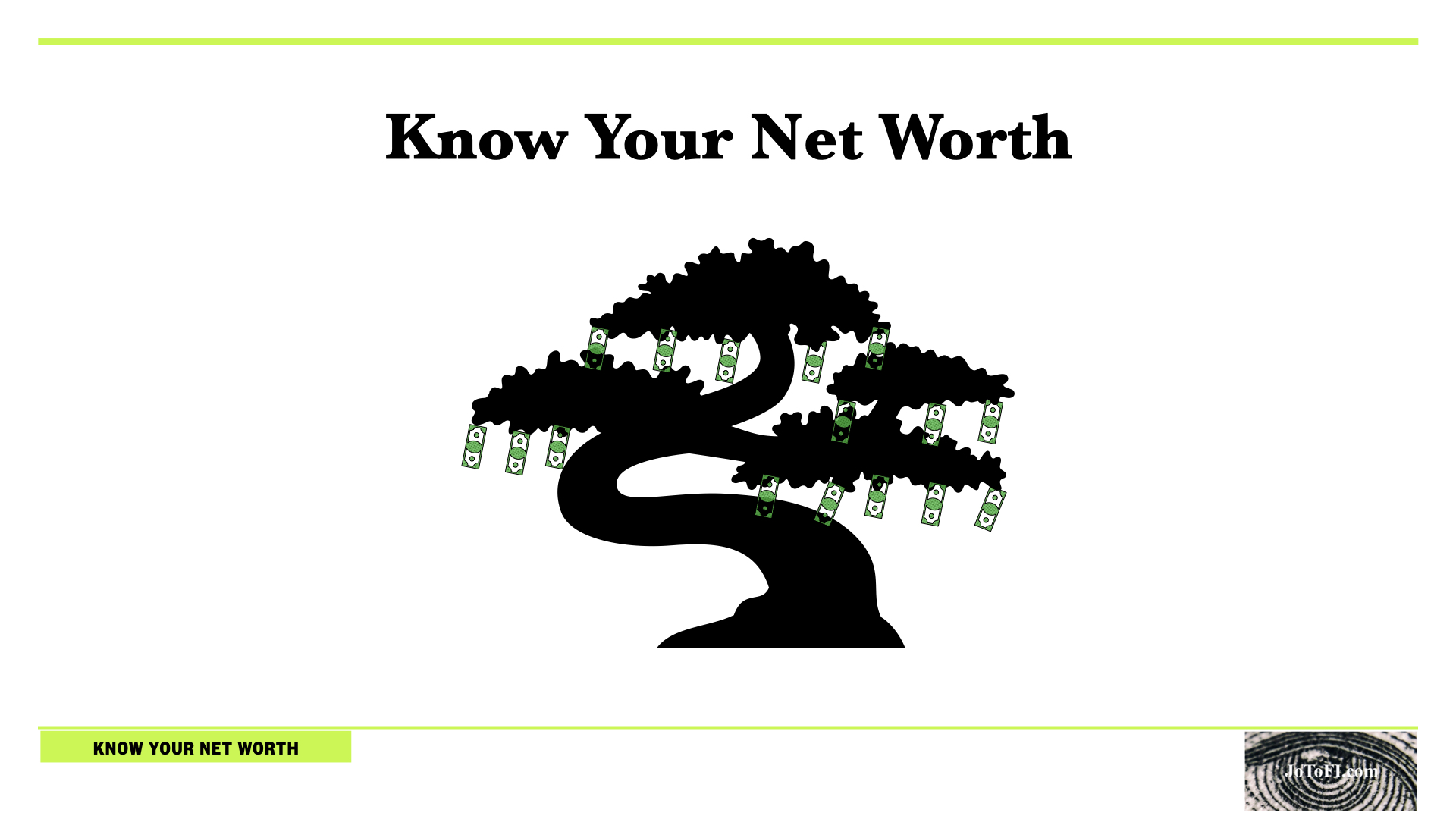Student Loan Reality
In 2018, about 69% of college students took out student loans and graduated with an average debt of $29,800. These students are a small part of the 45 million Americans who owe over $1.56 trillion in student loan debt. Yes, that is not an error, $1.56 trillion and growing. Based on the numbers, it is safe to assume that graduating students are leaving undergrad with multiple loans.
In view of the above, for many Americans, the journey to financial independence goes through paying off student loans. No matter if you have federal student loans or private student loans, to get out of debt, you must attack these loans.
Paying Off Your Student Loans
While some students may qualify for student loan forgiveness (if you are using this path, please review the requirements), many others do not. For those who do not qualify for student loan forgiveness, I recommend the use of one of the below two methods (Debt Avalanche and Debt Snowball).
But before we discuss Debt Avalanche and Debt Snowball, your first step on this journey is to obtain the facts. How much do you owe? What interest rates are you dealing with?
Debt Avalanche
Debt Avalanche – the idea here is to focus on the debt with the highest interest rate first. Use this method in a stepwise fashion:
- Organize your student loans in a document with the interest rates from highest to lowest on the left and the related loan total on the right
- Begin paying off your student loans by paying the minimum + extra on the account with the highest interest rate first, while paying the minimum payment on the other loans
- Once your first targeted account is paid off, roll the payment amount you were making to your next target account (the account having the highest interest rate – the second loan on your list). This payment is in addition to the minimum payment you were paying for this account
- After the second account is paid off, if you have a third account, then you apply the payments from the first and second accounts to the third one. Again, this is in addition to the third account’s minimum payment
- Rinse and repeat
The benefit of the Debt Avalanche method of debt repayment is that it minimizes the amount of interest you pay and therefore minimizes the amount you will pay over the lifetime of your loan. However, this method takes discipline, commitment and an appreciation for delayed gratification. If these characteristics do not describe you, the Debt Snowball method may be for you.
Debt Snowball
Debt Snowball – the idea here is to focus on the debt with the lowest balance first. Use this method in a stepwise fashion:
- Organize your student loans from lowest amount to highest amount
- Begin paying off the student loans by paying the minimum + extra on the account with the smallest balance first, while paying the minimum payment on larger balances
- As you pay off one account, the amount that was formally directed to the first account is now added to the payment of the new lowest total. This payment is in addition to the minimum payment you were previously paying on this account
- After the second account is paid off, if you have a third account, apply the payments from the first and second accounts to the third account. Again, this is in addition to the third account’s minimum payment
- Rinse and repeat
The benefit of this method is that paying off the smaller student loan and making progress provides momentum and motivation that you can carry through the rest of the process. However, because this process is not focused on the interest rate, you will pay more with this method as compared to the Debt Avalanche method over the lifetime of your student loans.
Consistency And Perseverance
These two methods will aid in your journey to financial independence. Select the method that works best for you and stick to it. The journey to financial independence like all difficult journeys in life requires consistency and perseverance. Get out of student loan debt one payment at a time.
Follow me on Twitter @JoToFI_com
Follow me on Instagram @JoToFI_com


